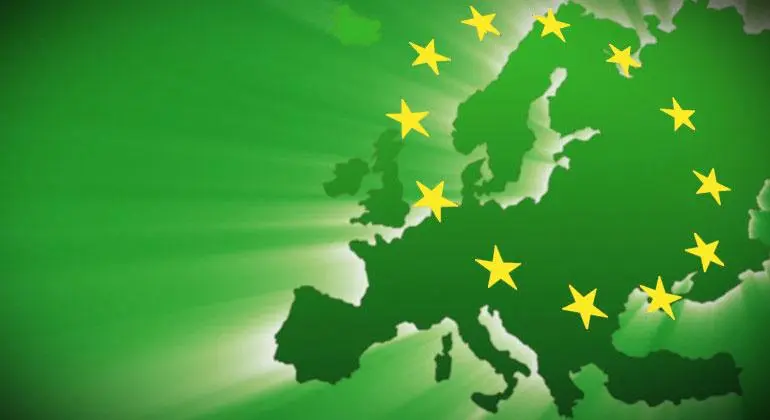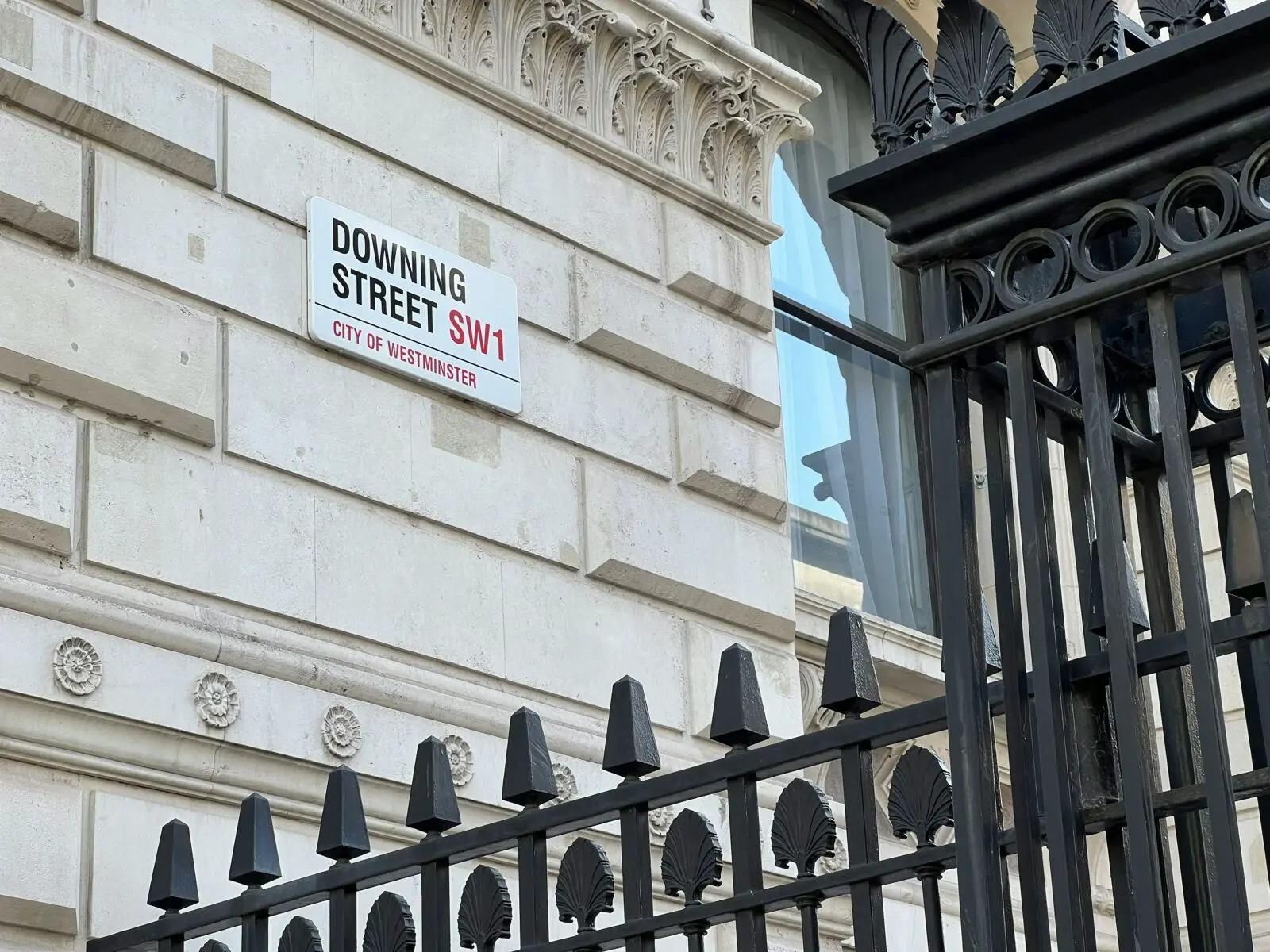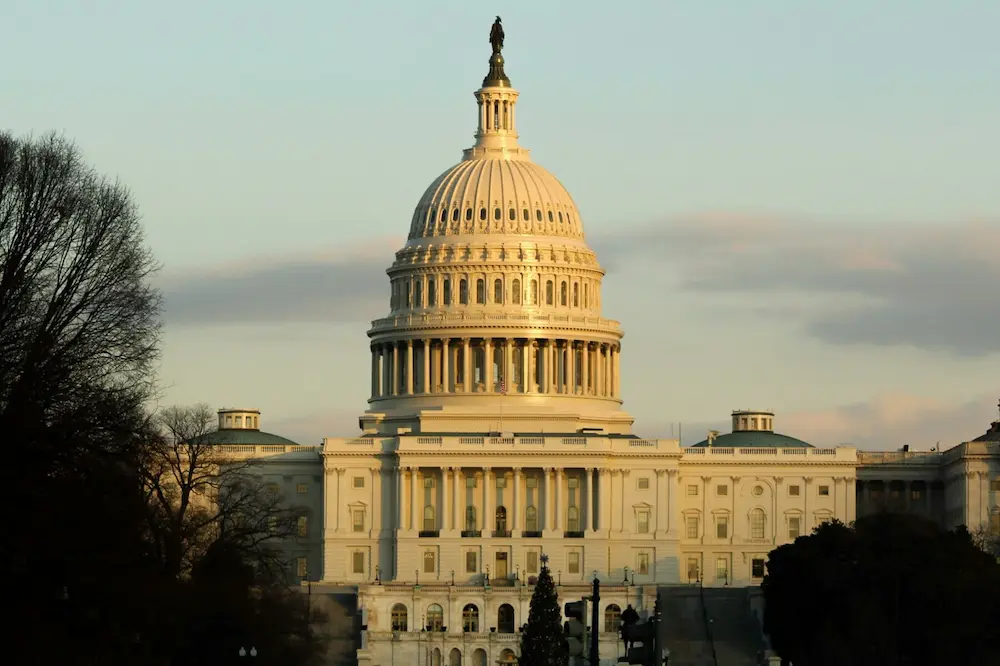Europe’s political advertising changes — and what they mean in practice
September 23, 2025
by Shaun Frazao
This October will see a profound shake-up of political advertising rules in Europe, with implications for clients and agencies in how certain campaigns are delivered in future.
The changes force a greater level of transparency that can be positive for many companies, given that their intention in reaching audiences with messages — in a fragmented media environment awash with other content intended to misinform — has to be made clear.
The Transparency and Targeting of Political Advertising (TTPA) regulation will apply new rules across European Union member states from 10th October, and is a response to concerns about disinformation and foreign interference in elections.
Compared to other areas of media regulation, TTPA is stringent. It requires substantial levels of detail to be declared by advertisers and publishers, and will require a broad rethink about how best to do so transparently, where and when it is needed.
The regulation rests on three core principles:
- Radical transparency: Every political advertisement must be clearly labelled as such. Each ad must be accompanied by an easily accessible “transparency notice” containing key information.
- Strict limits on targeting: The era of opaque microtargeting using sensitive data is over. The TTPA permits online targeting only under strict conditions. Databases must have collected personal data directly from the individual, who must have given separate and explicit consent for its use in political advertising.
- Strengthened accountability and oversight: The regulation requires sponsors to declare whether their requested service constitutes political advertising. To combat foreign interference, a ban is in place on providing advertising services to third-country sponsors in the three months preceding an election or referendum.
And there is of course the question about what constitutes political advertising — it’s clear that the rules cover attempts to influence legislative or regulatory processes as well as voting in elections or referendums, but where those attempts originate from “political actors.” Political parties, candidates, and policy-focused organisations such as think tanks and NGOs fall under the definition of actors, but businesses or other organisations with a point-of-view to communicate may not.
Yet there are still practical uncertainties — about the format of transparency notices that run with ads, and about who is responsible for publishing it. The likelihood is that it will differ by channels: for TV, it could include a subscript at the bottom of advertisements, whereas online ads may be covered by a link to text hosted elsewhere.
Managing this will need to be carefully considered. Some companies will need to publish such declarations on their websites and keep them updated, much like a privacy policy. Others may need to review the level of detail and intent shared on a campaign-by-campaign basis, with a multi-channel approach that can meet the stipulations across all platforms as they become clear.
The new rules apply to political advertising disseminated in the EU or directed to EU citizens, regardless of where the service provider is established — although the latter may not prove easy to enforce.
The TTPA primarily targets paid political advertising, but this does not mean it is banned. Companies can still run paid public affairs campaigns, but they must comply with the strict transparency and targeting obligations of the TTPA.
While earned and owned media (such as organic, unpaid posts) is generally not covered, it can fall under the regulation if there is any form of payment or benefit-in-kind involved, such as paying an influencer. This has led some major online platforms to restrict or halt political advertising, prompting public affairs professionals to pivot their strategies toward non-paid channels, but paid campaigns are still permissible with proper compliance.
So there is a lot to think about. For agencies, there are some contractual and process changes likely required to govern how they work for clients, how they assure compliance and what responsibilities they have. They will also need to develop templates for how to declare details of campaigns, both to avoid infringement of the ads that they can run and to set new expectations amongst audiences.
But there are some opportunities to come out of all of this too.
By establishing a harmonised legal framework, the TTPA removes the previous fragmentation of national laws, which had made cross-border political advertising costly and legally uncertain for service providers, especially SMEs. This new single set of rules creates a predictable environment that incentivises innovation and allows companies to scale their services across the EU internal market.
Additionally, the regulation’s restrictions on microtargeting based on personal data are expected to drive a “renaissance” in political communication, shifting the focus from data exploitation to the quality and creativity of the message itself. Finally, by championing transparency and respecting user privacy in an era of widespread disinformation, businesses can build trust and enhance their reputation as reliable partners in the democratic process, which is an increasingly valuable asset.
Clients, agencies and publishers will have to collaborate more closely to meet the requirements, adjust or develop new ways to get their messages across effectively, and understand how the media environment will look once the rules have bedded in.
Above all, agencies are going to need to become deeply expert in how to achieve desired targeting and outcomes for clients, with greater transparency obligations in Europe, and particularly where campaigns are activated across multiple market, including the U.S., EU, non-EU member states, and beyond.
While the TTPA’s broad scope and intricate rules may seem daunting, they can be managed with a strategic and proactive approach. The key is to shift from viewing these rules as a barrier to seeing them as a framework for building public trust and ensuring a level playing field.
On the face of it, the rules make things harder, but they also create a challenge for agencies to become more innovative partners as they embrace these changes.






